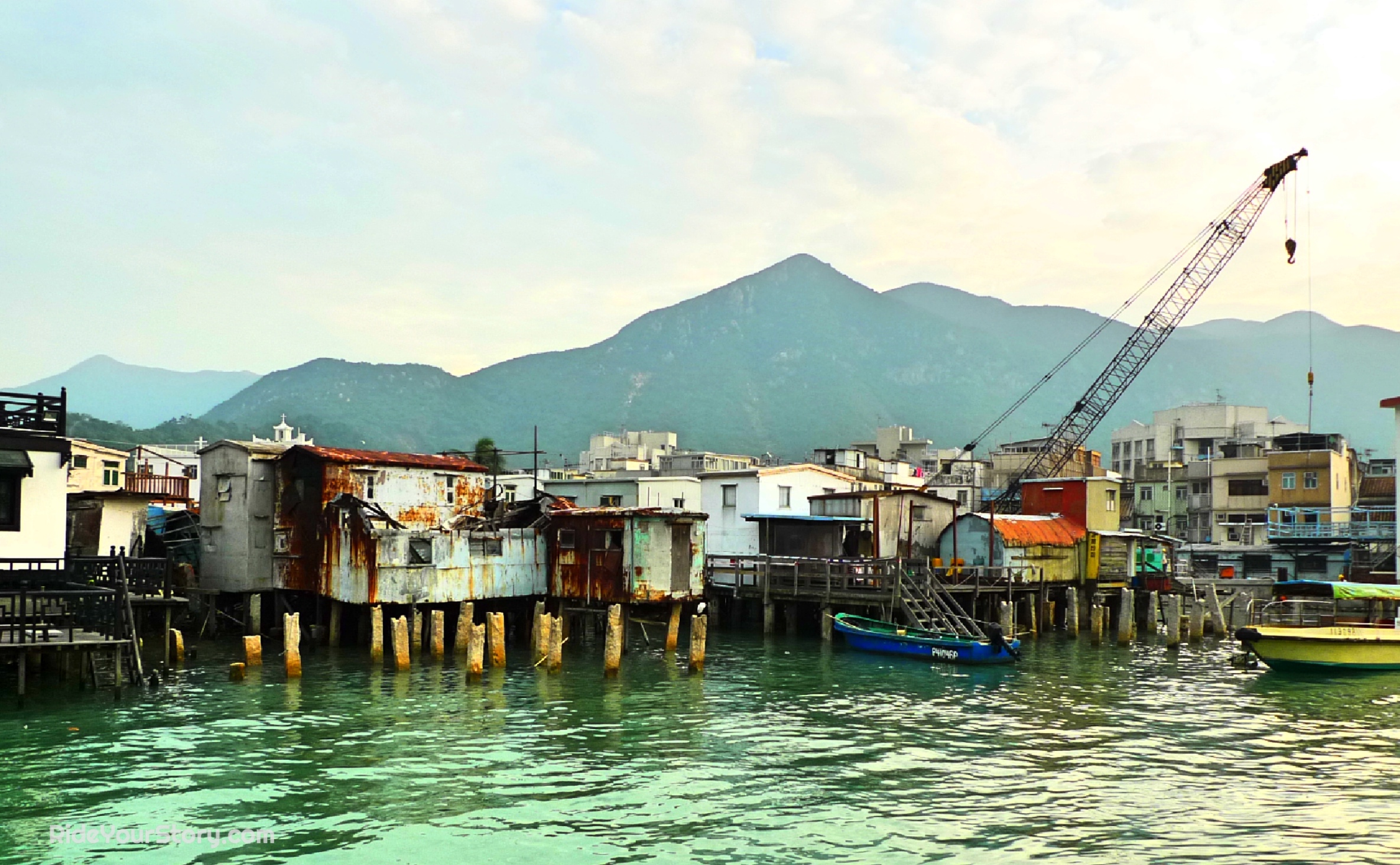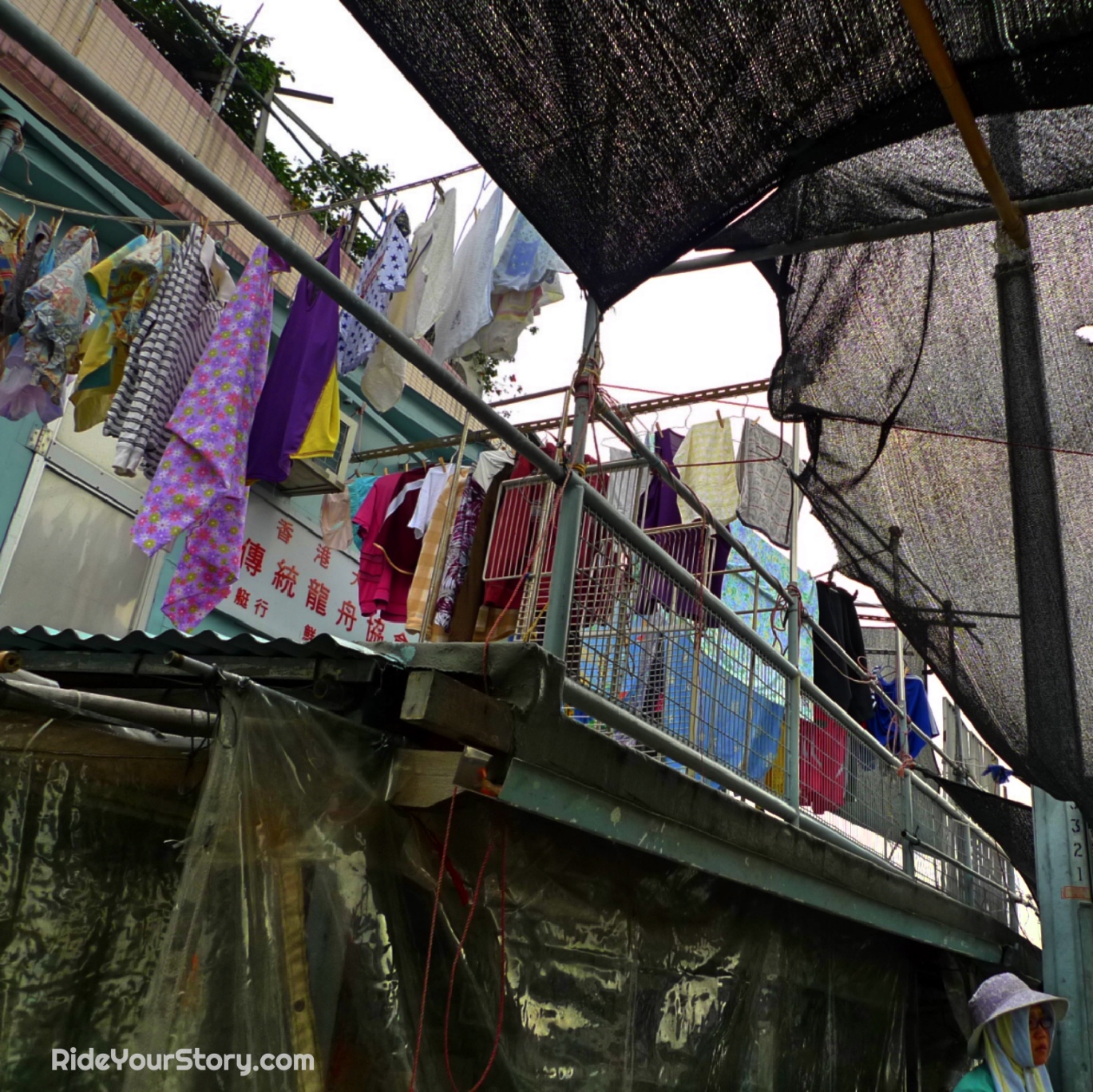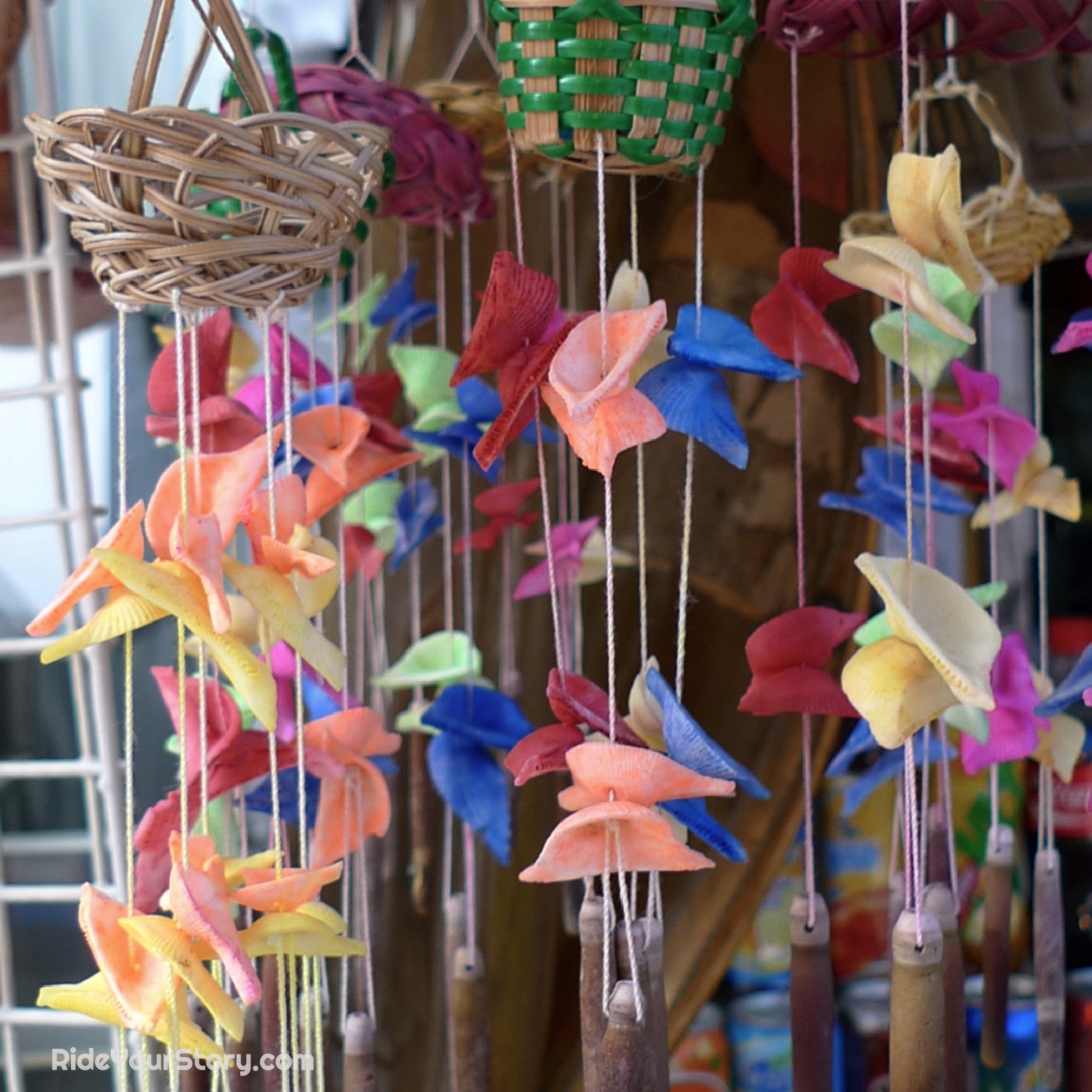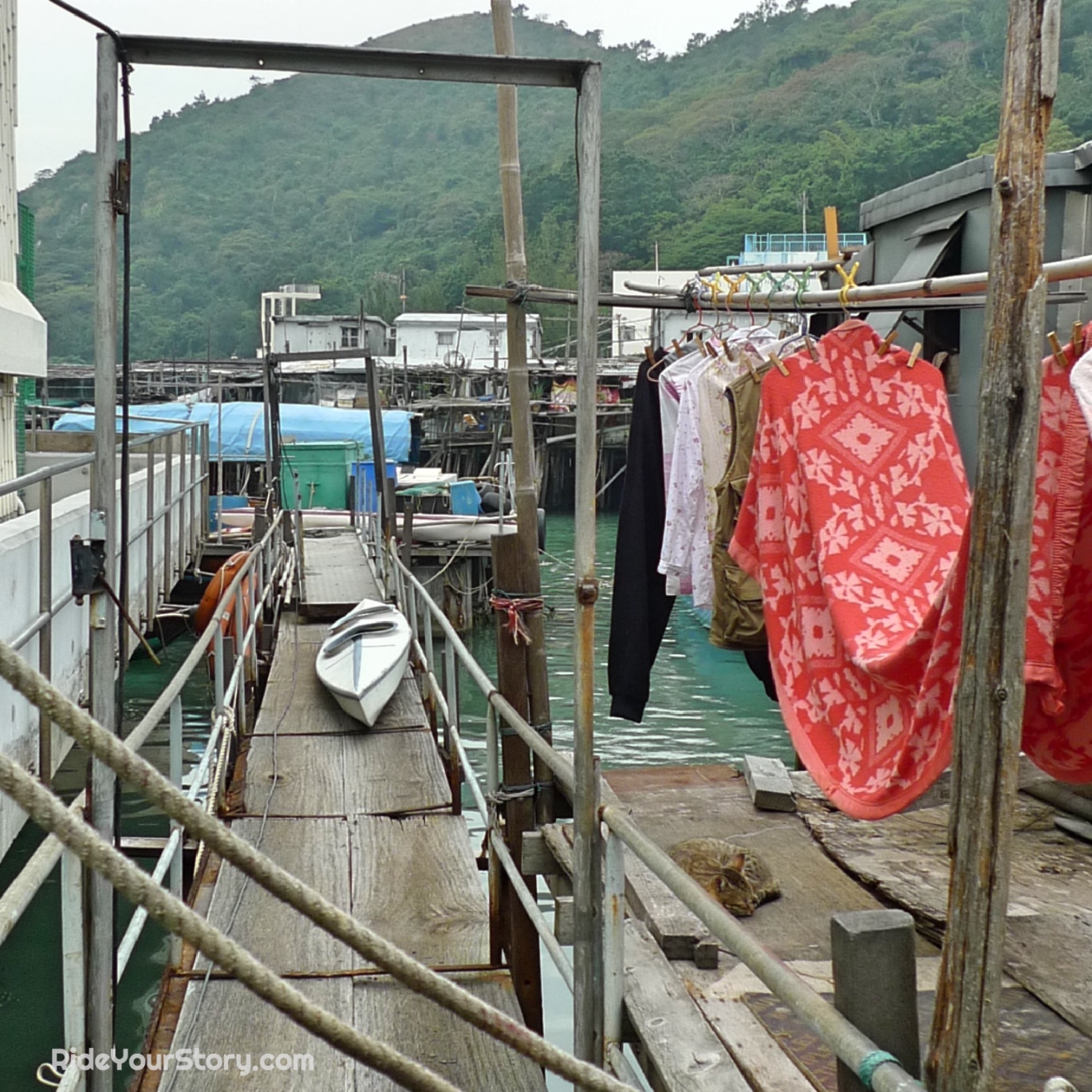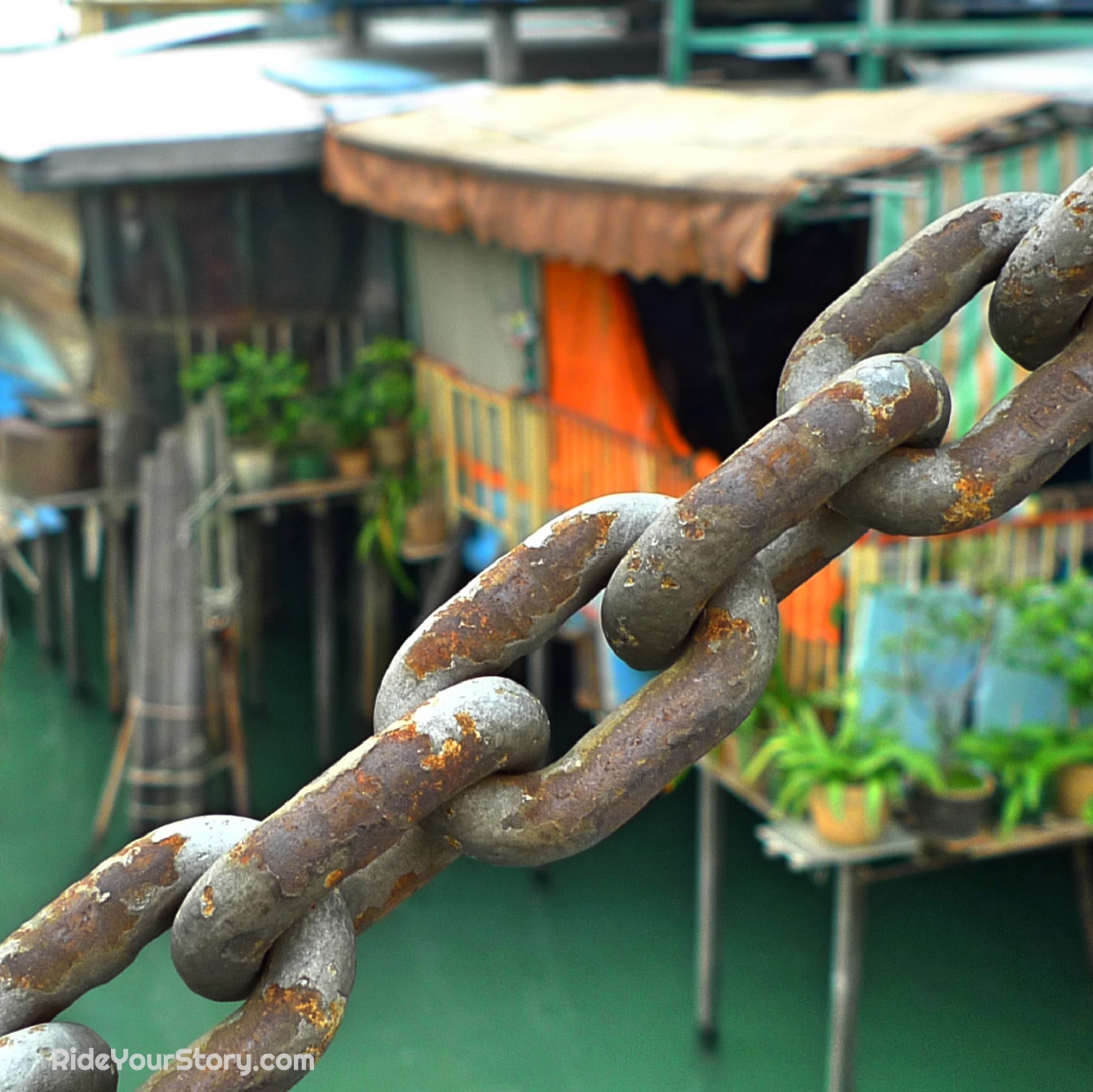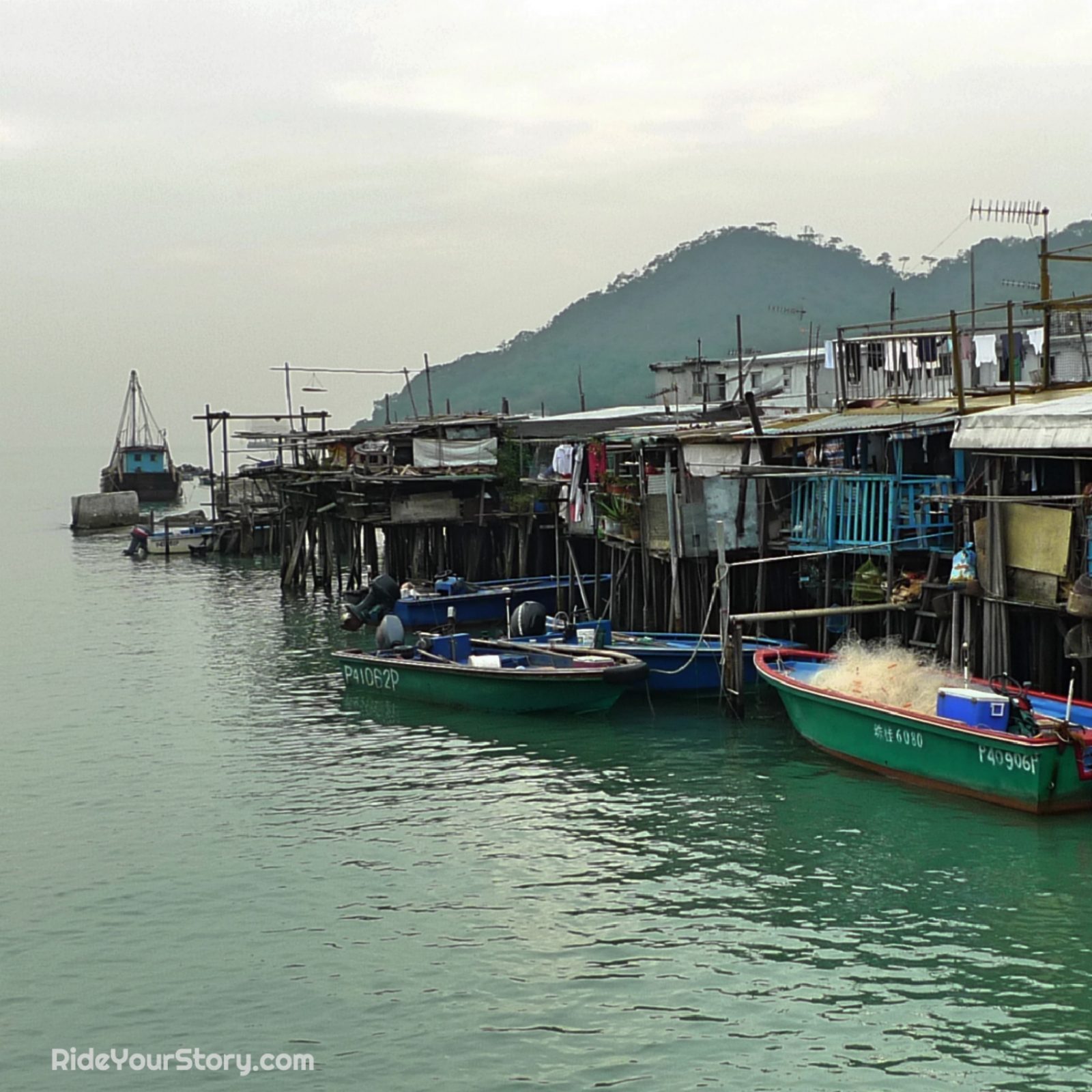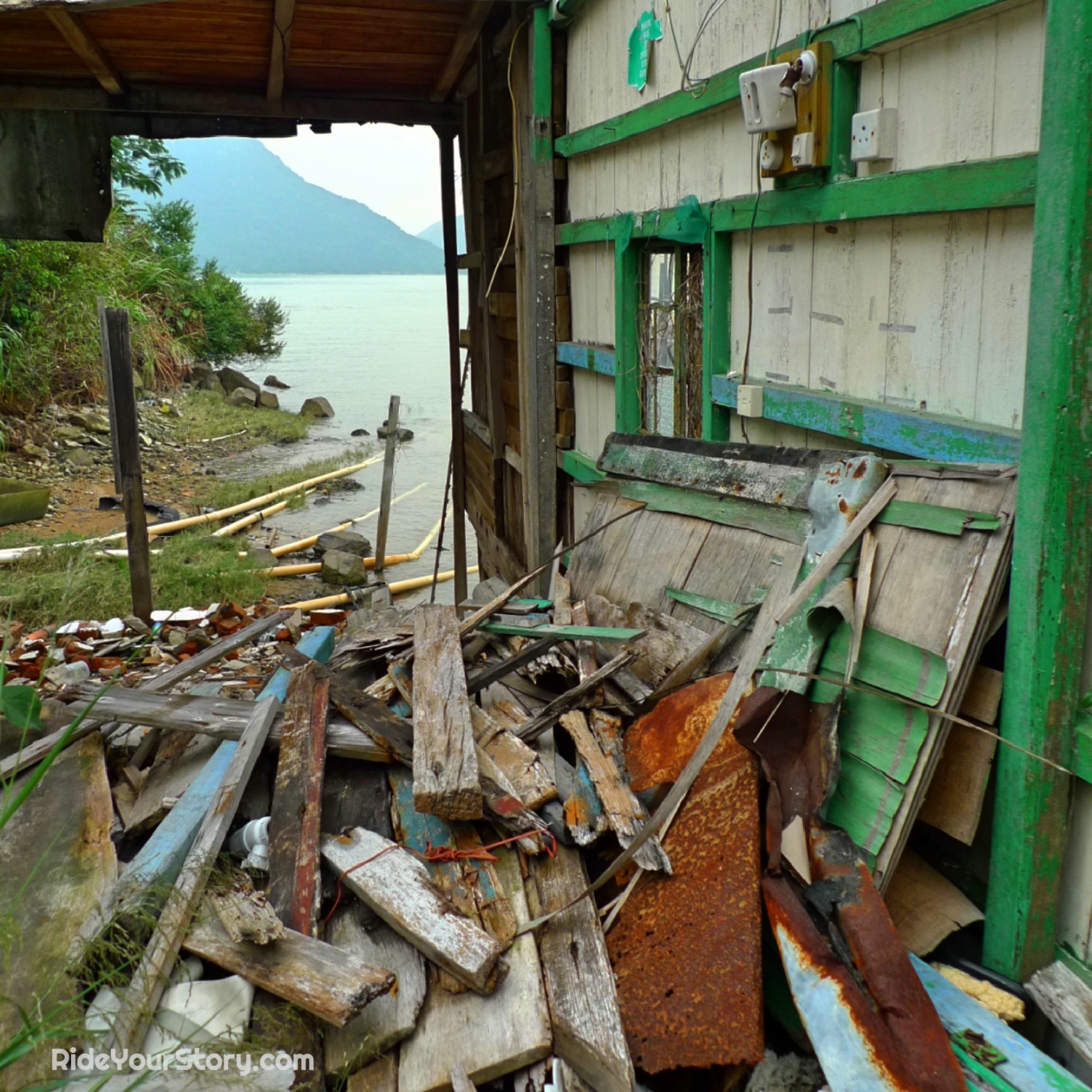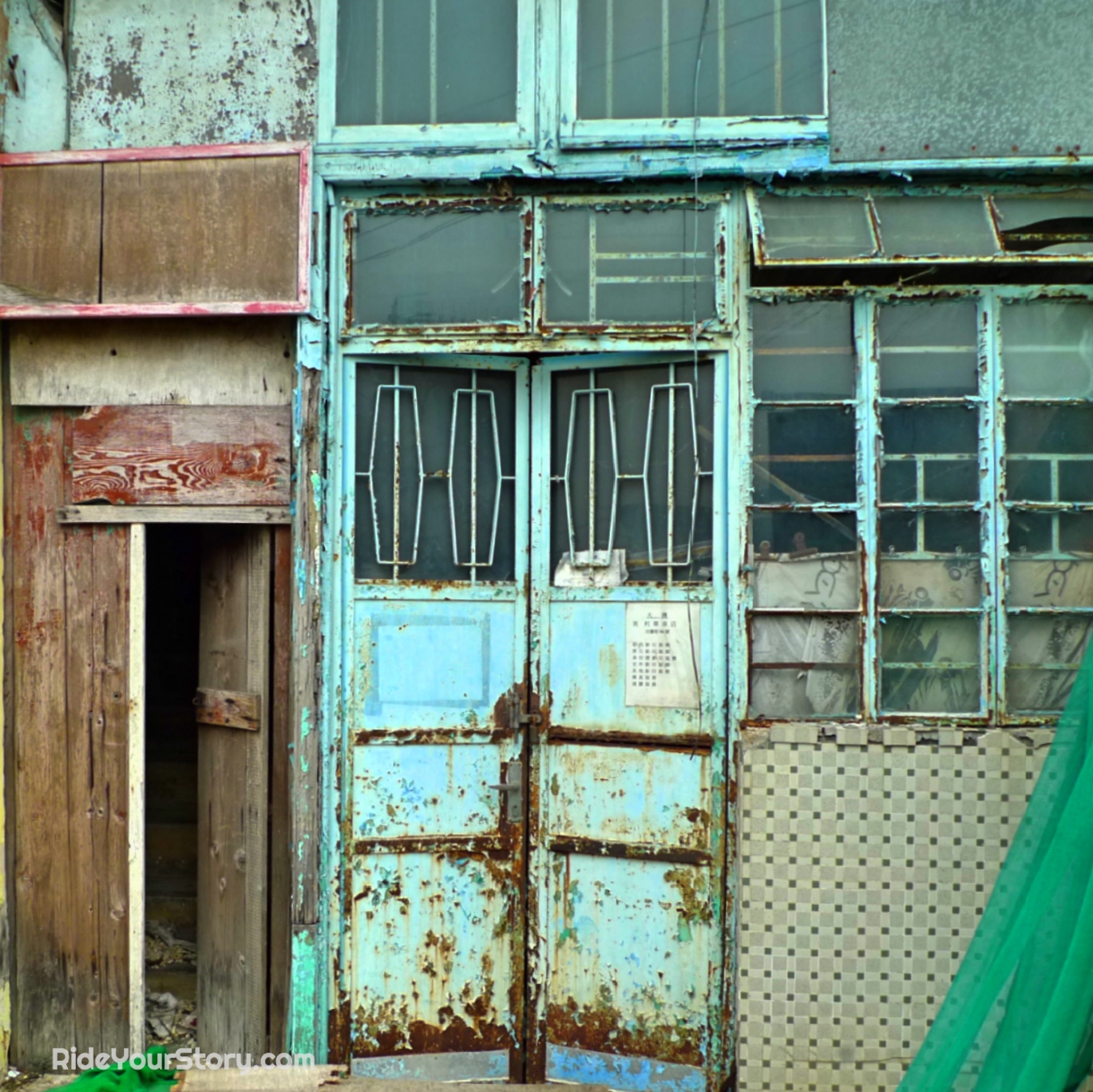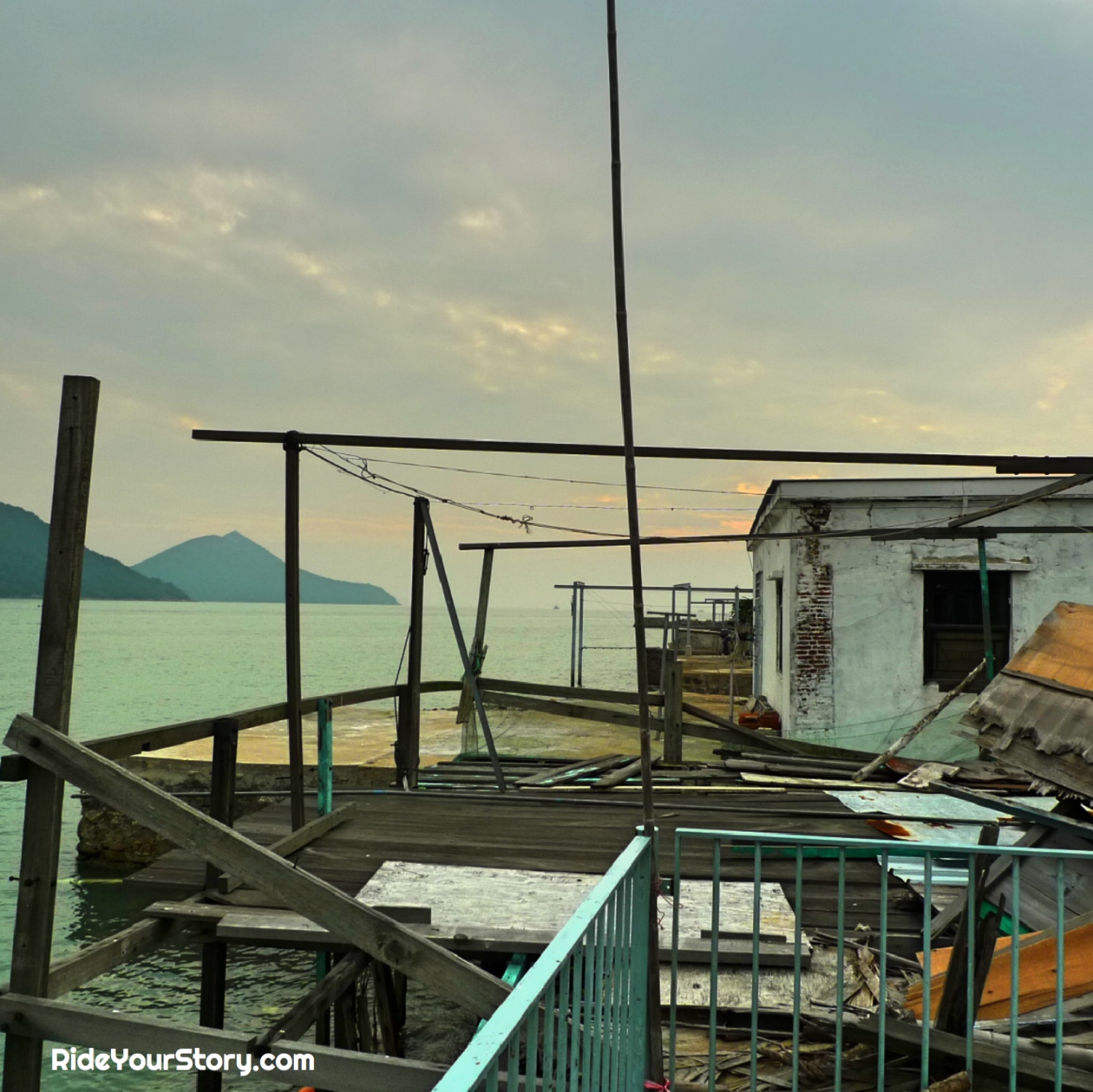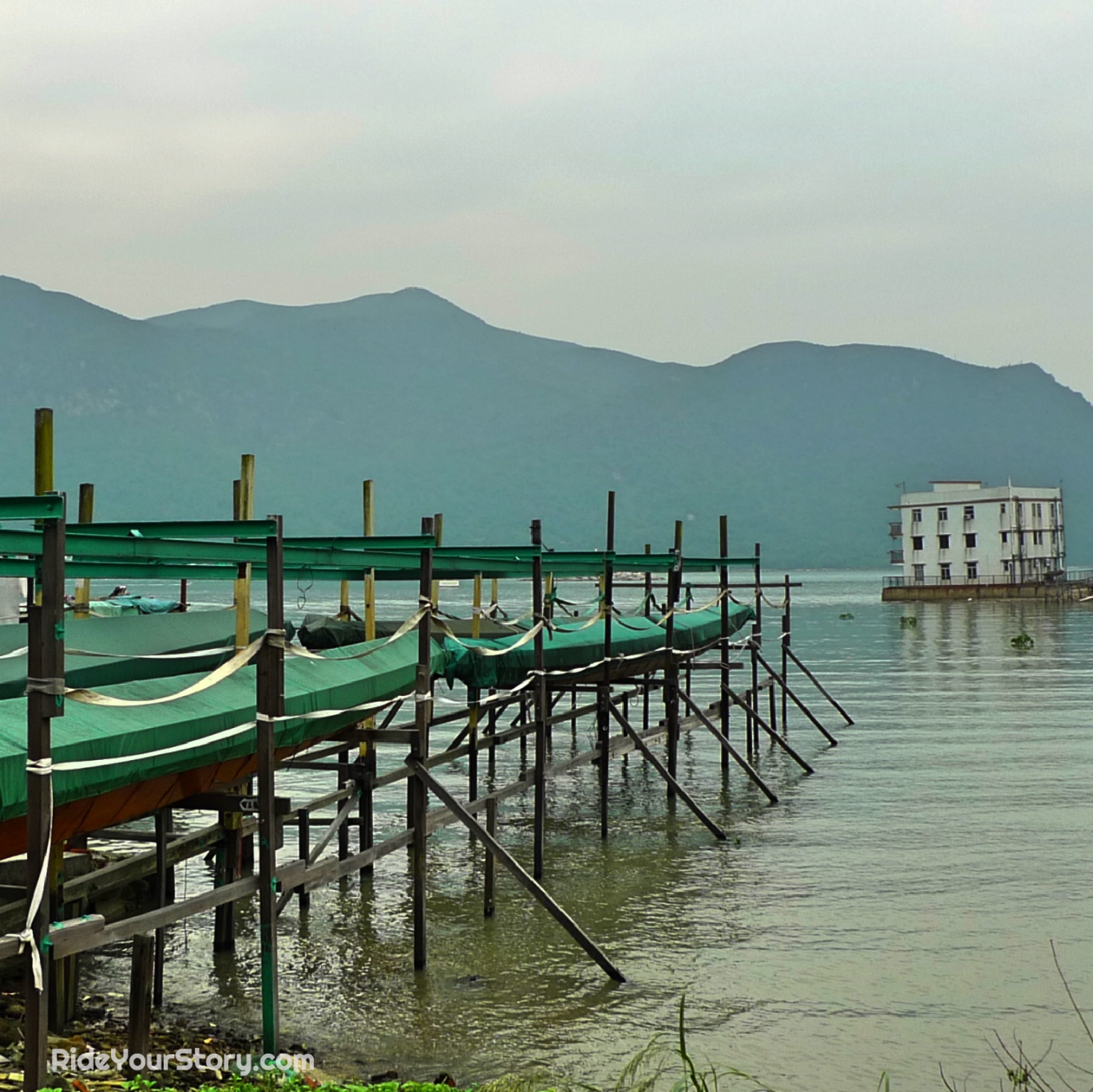Situated on the western Lantau Island in Hong Kong, is an idyllic fishing village Tai O (大澳), named after the adjacent island of the same name. A great day to get away from the routine city life of of Hong Kong. Easily accessible with a bus ride, cable car with bus or even a ferry ride from Tung Chung Station.
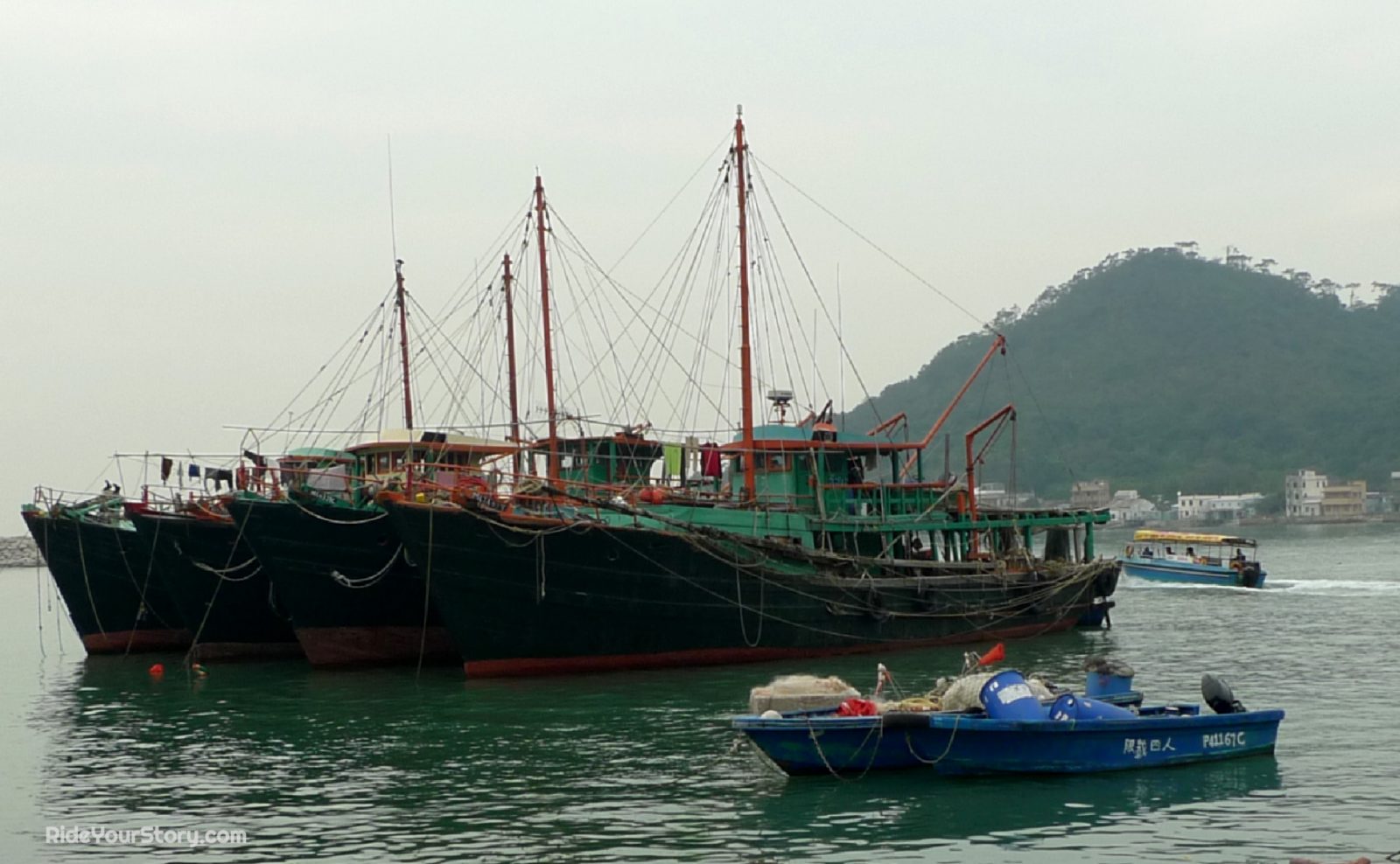
First Impression
It is a fishing village trying to substantiate its existence in the ever changing world. On alighting at the bus stop, you will be greeted by touts, not hard-selling you fake Rolex, but dolphin watching boat ride.
With the diminishing fishing industry, some boatmen are relying on Chinese white dolphin (Sousa chinensis) spotting trip, an activity discouraged by my local friend. ‘You’re just paying for hope!‘ – obvious reference to the declined population of the endangered species. The best appreciation to the pinkish dolphin is not to participate in the contribution of over fishing, water pollution and marine traffic. At least I try, as much as I can.
Tai O fishermen named them Hak Gei (黑忌 or 烏忌 / Black taboo), usually referring to the calf with grey skin and Pak Gei (白忌 / White Taboo) for adult in light pinkish skin color. The adult dolphin is actually white, but the blood vessels that give it the pinkish look. ‘忌‘ – A vicious name implying the dolphin should be avoided, being the competition to the fisherman. However, written in old Chinese, their name should correctly be ‘烏鱀白鱀’ with 鱀 (Gei) means ‘Dolphin‘. Contrariwise, the dolphin’s influence are now reversed and livelihood of the opportunist are depended on their guest appearance.
Hurried away from the dolphin touts, we would be channeled into the lanes of the residence. The resident living closest to the gathering area have the most valuable real estate. The enterprising one will have their living room converted into shop front, selling local produce and handicrafts. Blissfully the village was not overly tourist-centric. Starbucks have yet to make an in-road here which is a very good sign. Their laundry are candidly display for public examination alongside the limited souvenirs and local goodies Abandoned houses are still crumbling in stillness at its own pace along with the untold fading history of the occupants who left for greener pasture or devastation by the annual typhoon.
Worth a visit ?
Yeah of course, Tai O is good for a day trip away from the urban congestion, before the fishing village diminished into history. You can even add this destination to your hiking itinerary as Tai-O is part of Stage 6 & 7 of the Lantau Trail. If you wish, one can spent a night in the few hotel available – Espace Elastique B&B, Tai O Inn, by the Sea or splurge yourself in a former marine police station built in 1902, restored in 2009 and now serving as a Tai O Heritage Hotel.
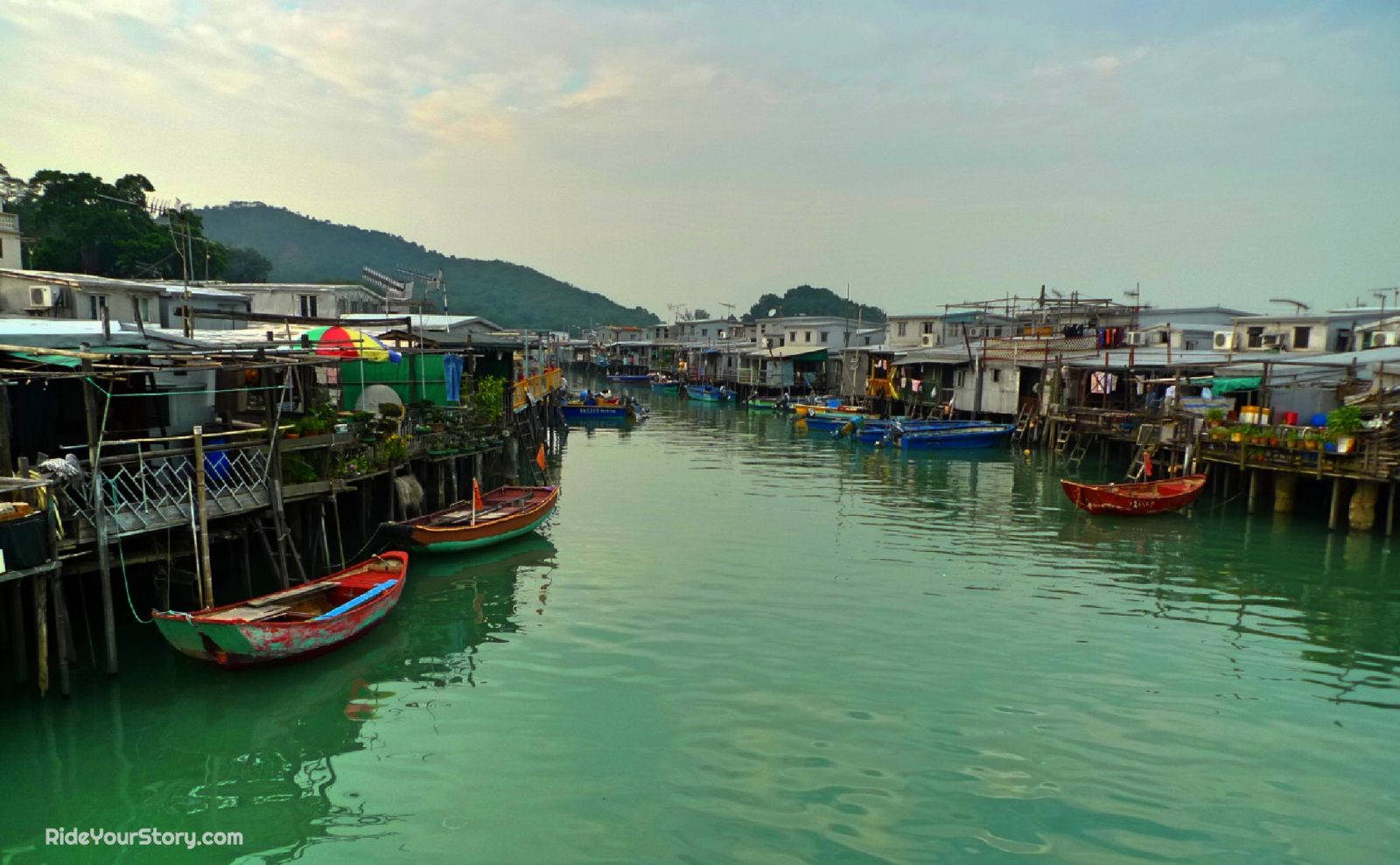
What to do ?
Walk, walk and keep strolling along the shore line of Shek Tsai Po (石仔埗) while enjoying the lazing farm. Witnessing the rising water level or the sinking power substation, however you view it. Getting lost in the maze of the cramped stilt houses. Snapping photos and voyeurism in to life within the tin homes of the fisherman family. Savor the local catch at the restaurant, where I tried, every dishes taste uniformly – Salty! a commodities that is plentiful right here. Sent a postcard, the old school way, at the Tai O Post Office as a souvenir and a moment for your pin board.
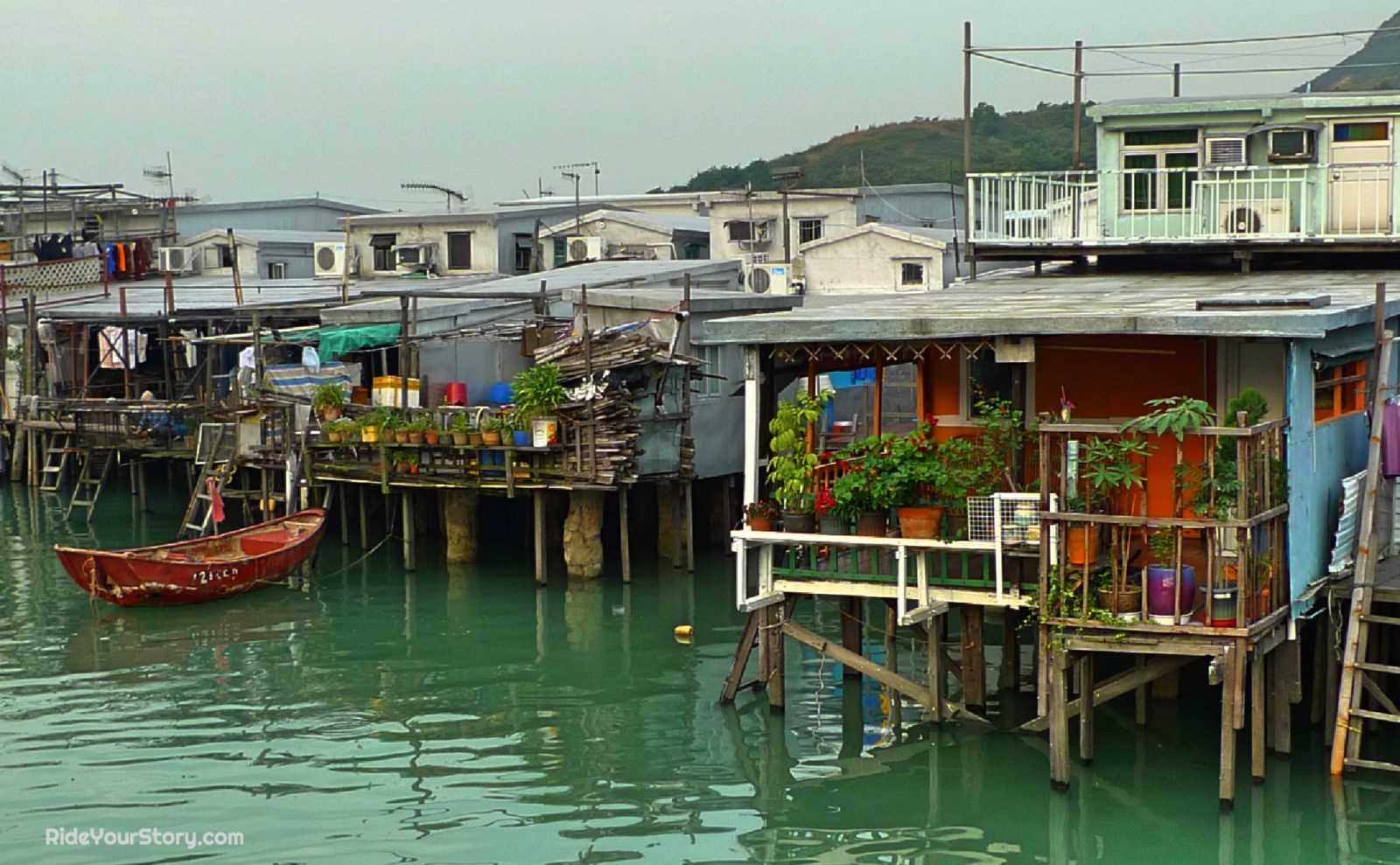
Reinventing Tai O
Tai O has the potential to be an Artist Village, well at least that is my feel. A perfect place for a digital nomad to create the next masterpiece on an iPad Pro. Whether or not the resident share the same sentiment however is not my say. It is a ideal place to recuperate yourself from the hectic pace just an hour plus away. A few chic cafe have pop up among the residence, but let’s hope it will not turn into a begpacker’s haven. There is a Hong Kong Shaolin Wushu Cultural Centre, which I did not check as there is no activity within. Perhaps the remaining resident are accustomed to their life and disregard any changes. Which is fine to me personally and what I like about Tai O – honest. crude and at times rude as it is, refuse to cater to tourist with a superficial facade.
